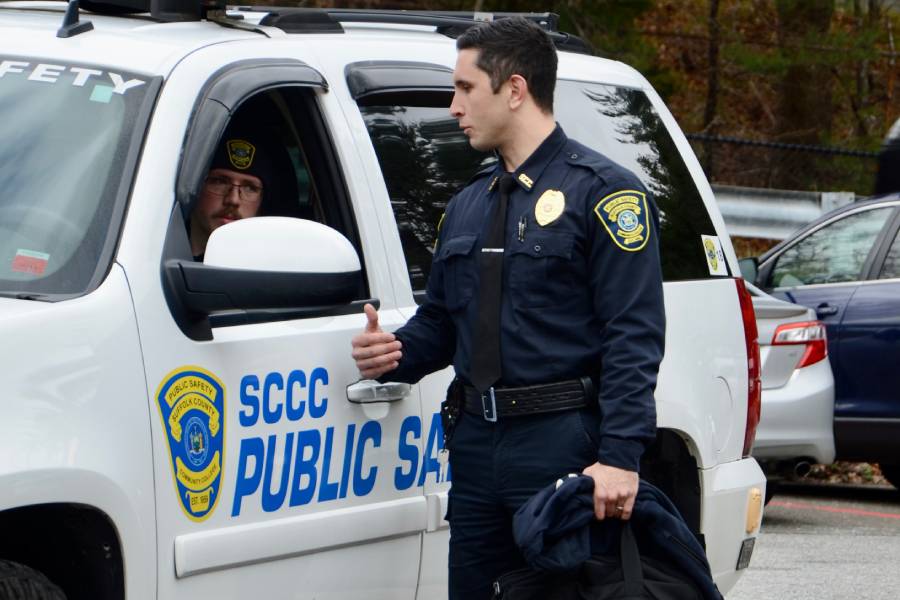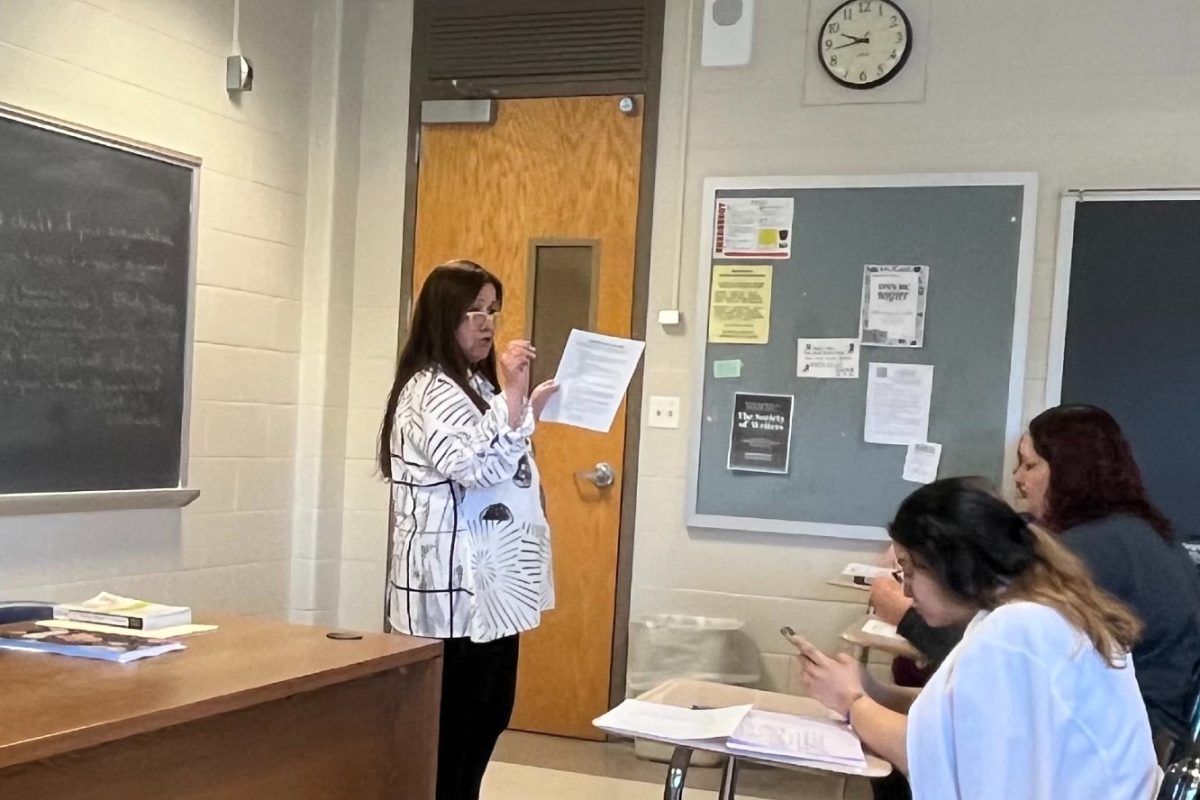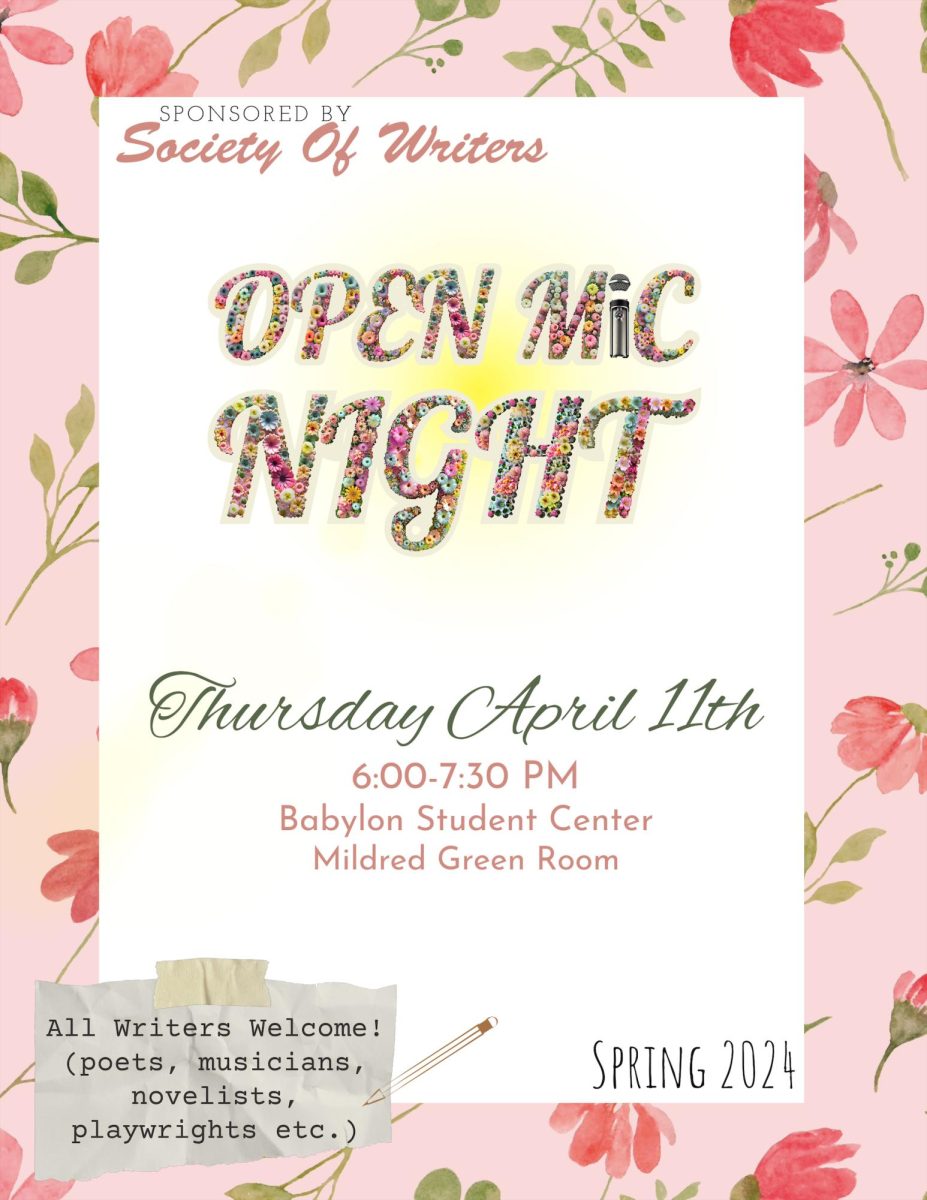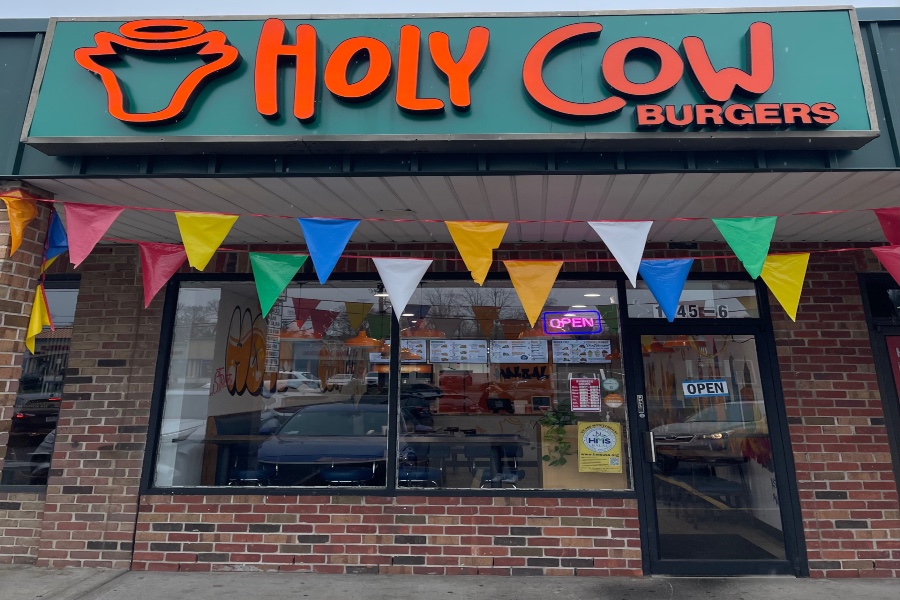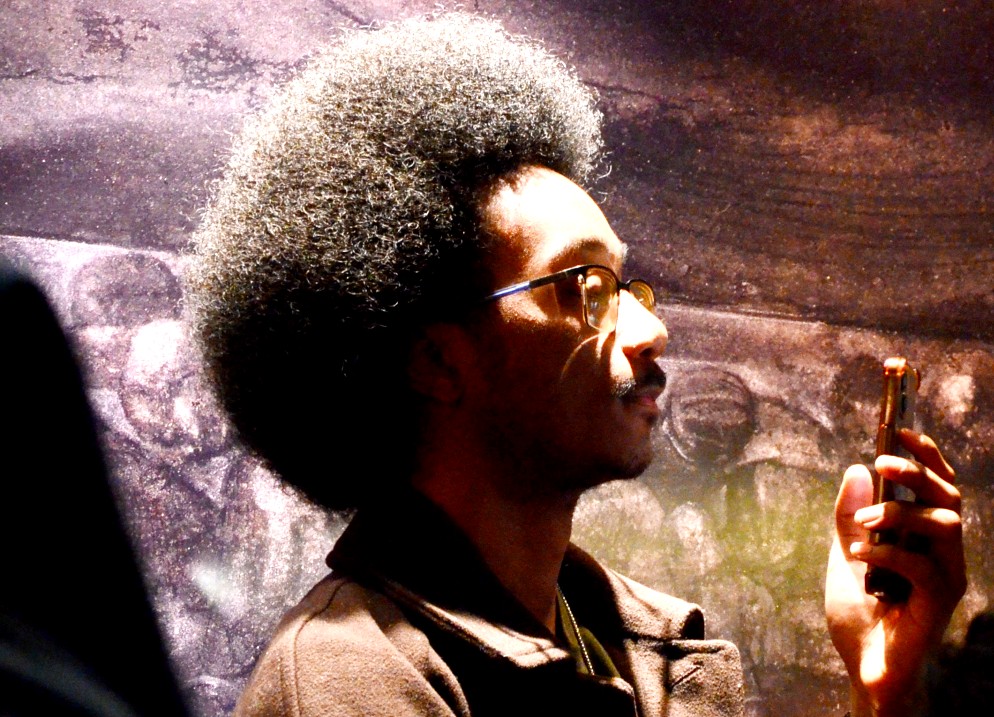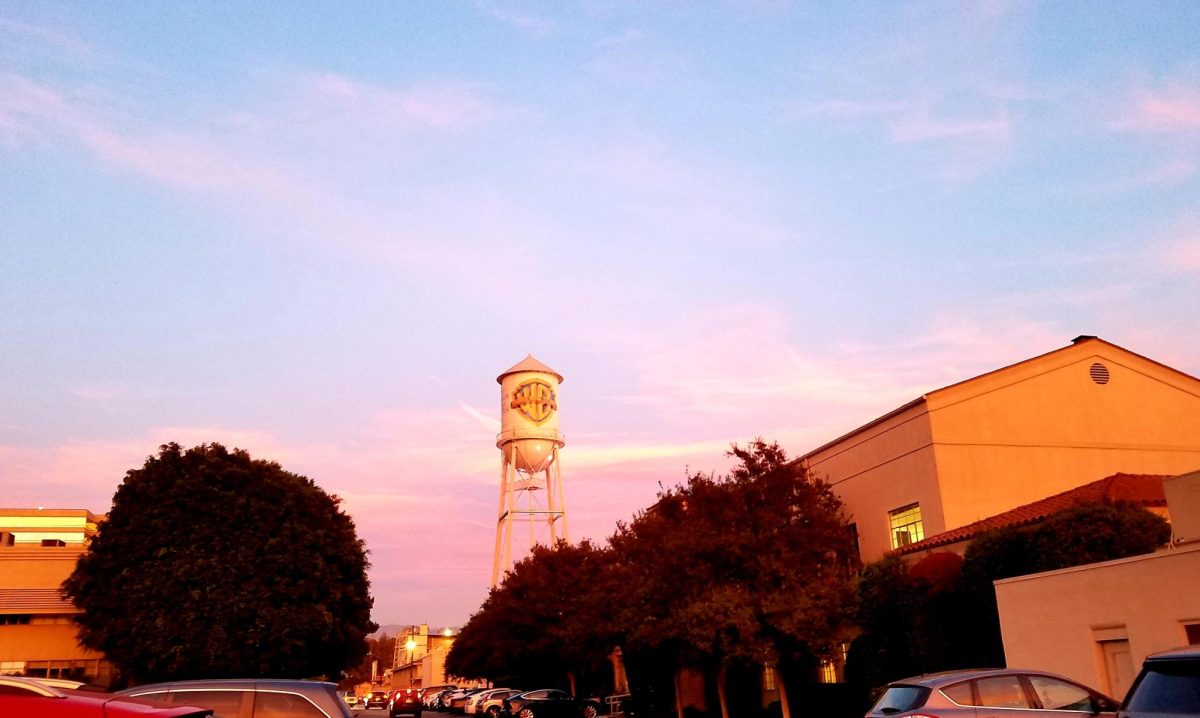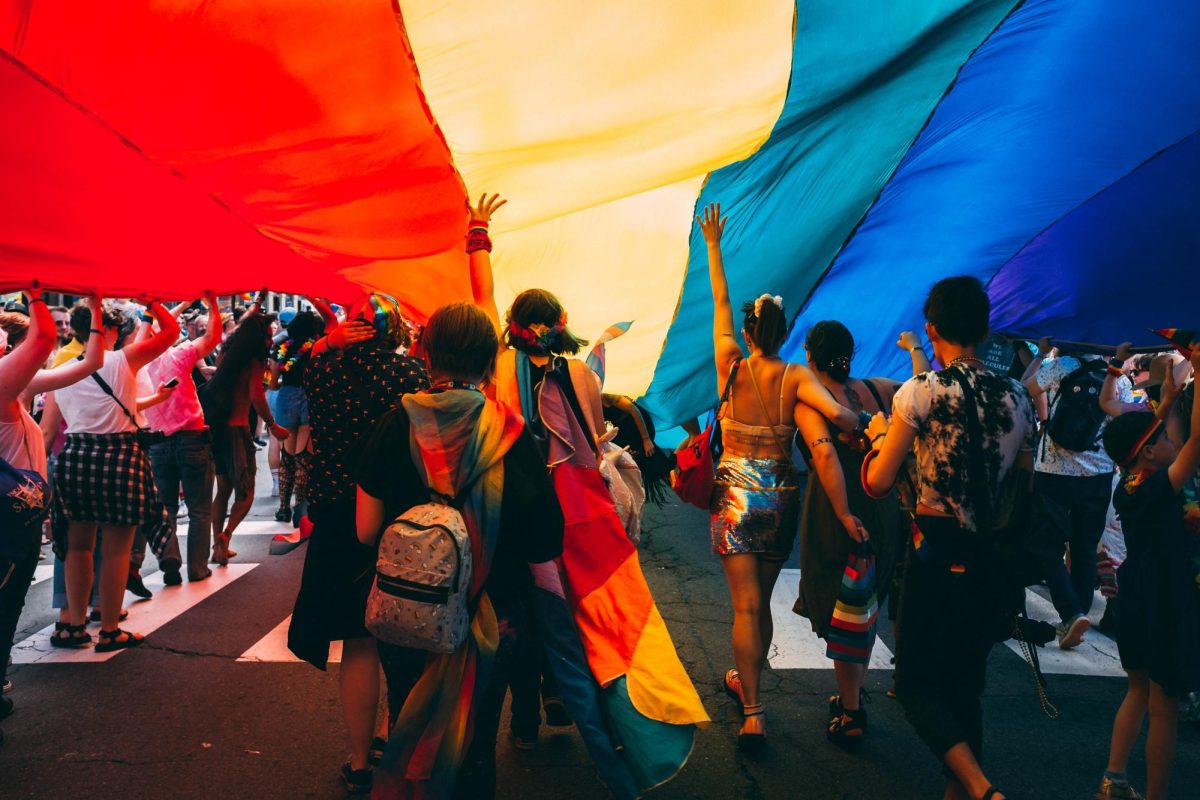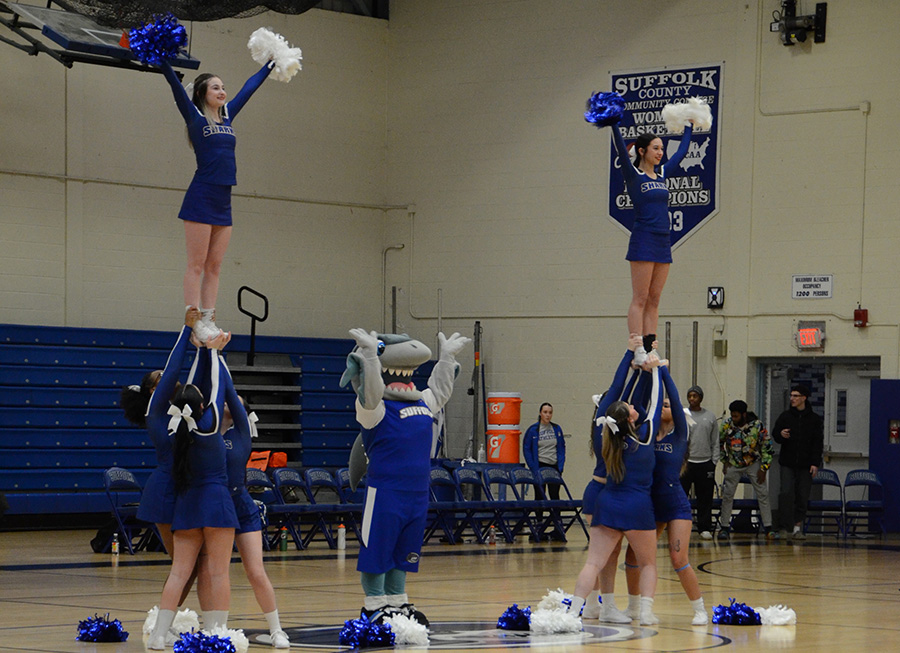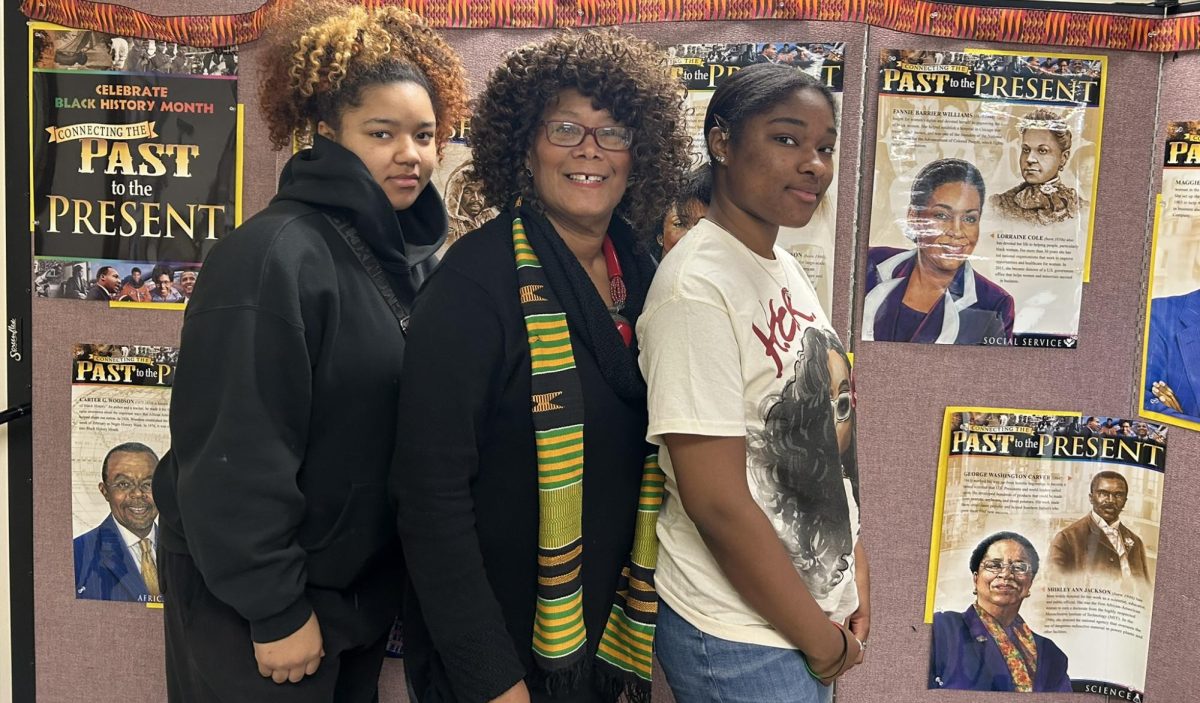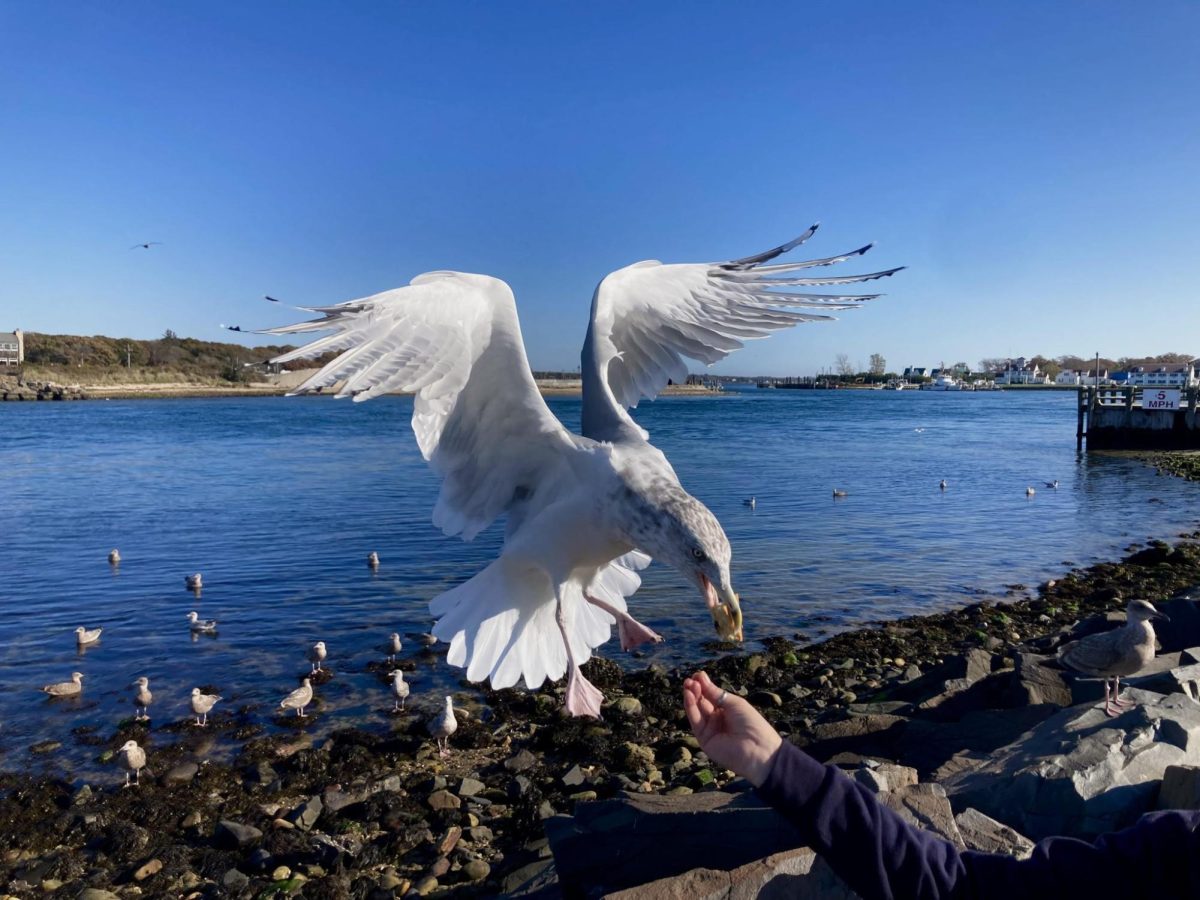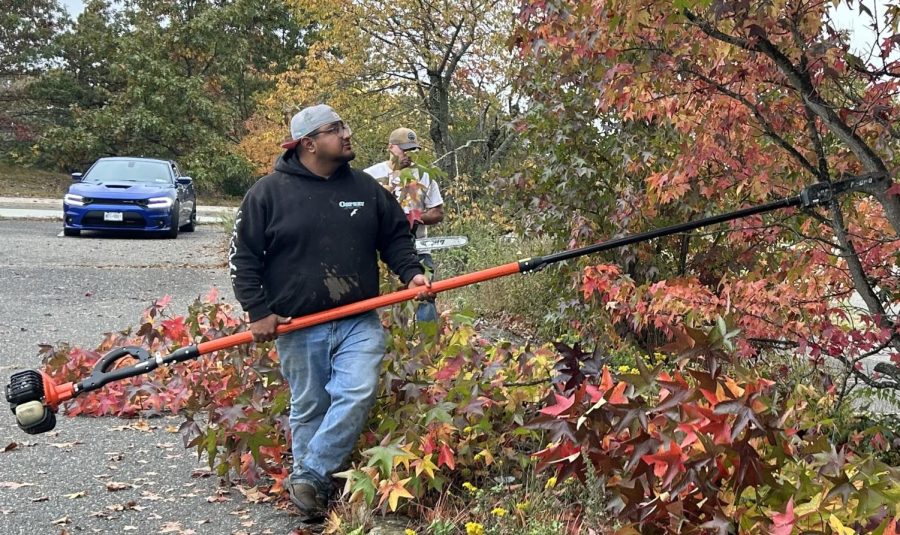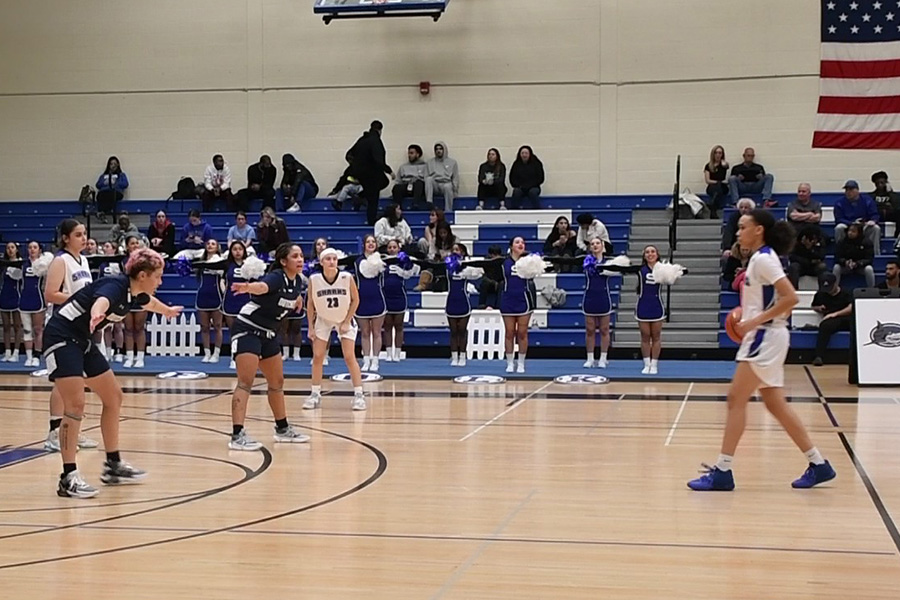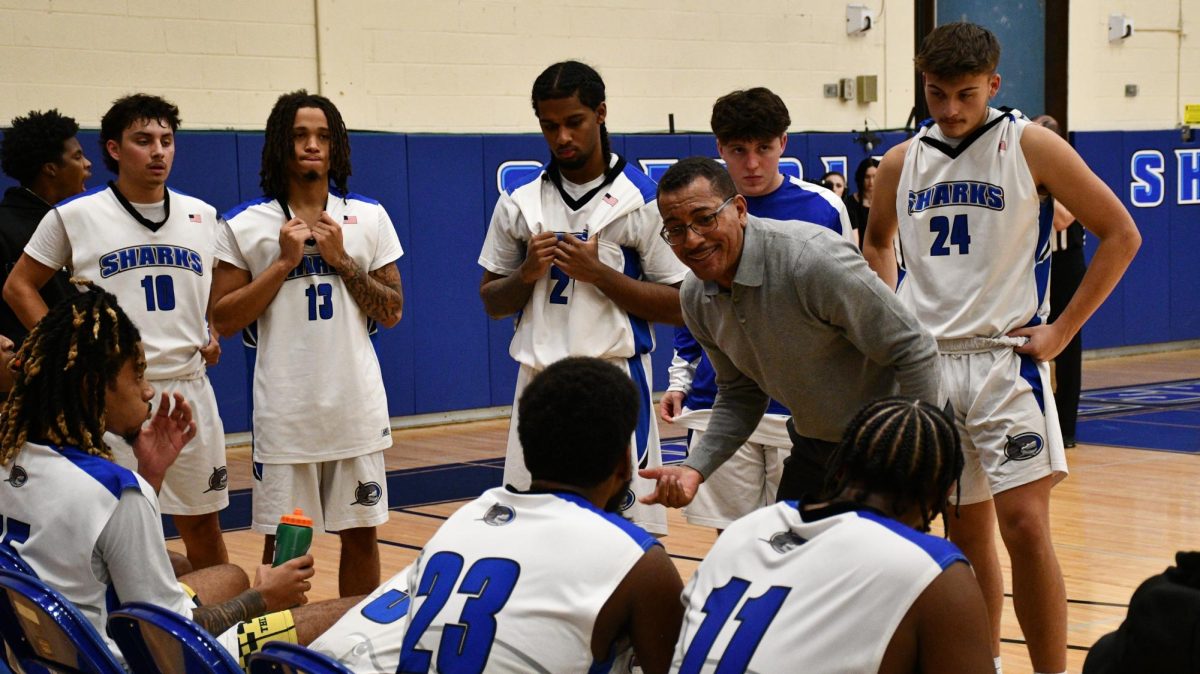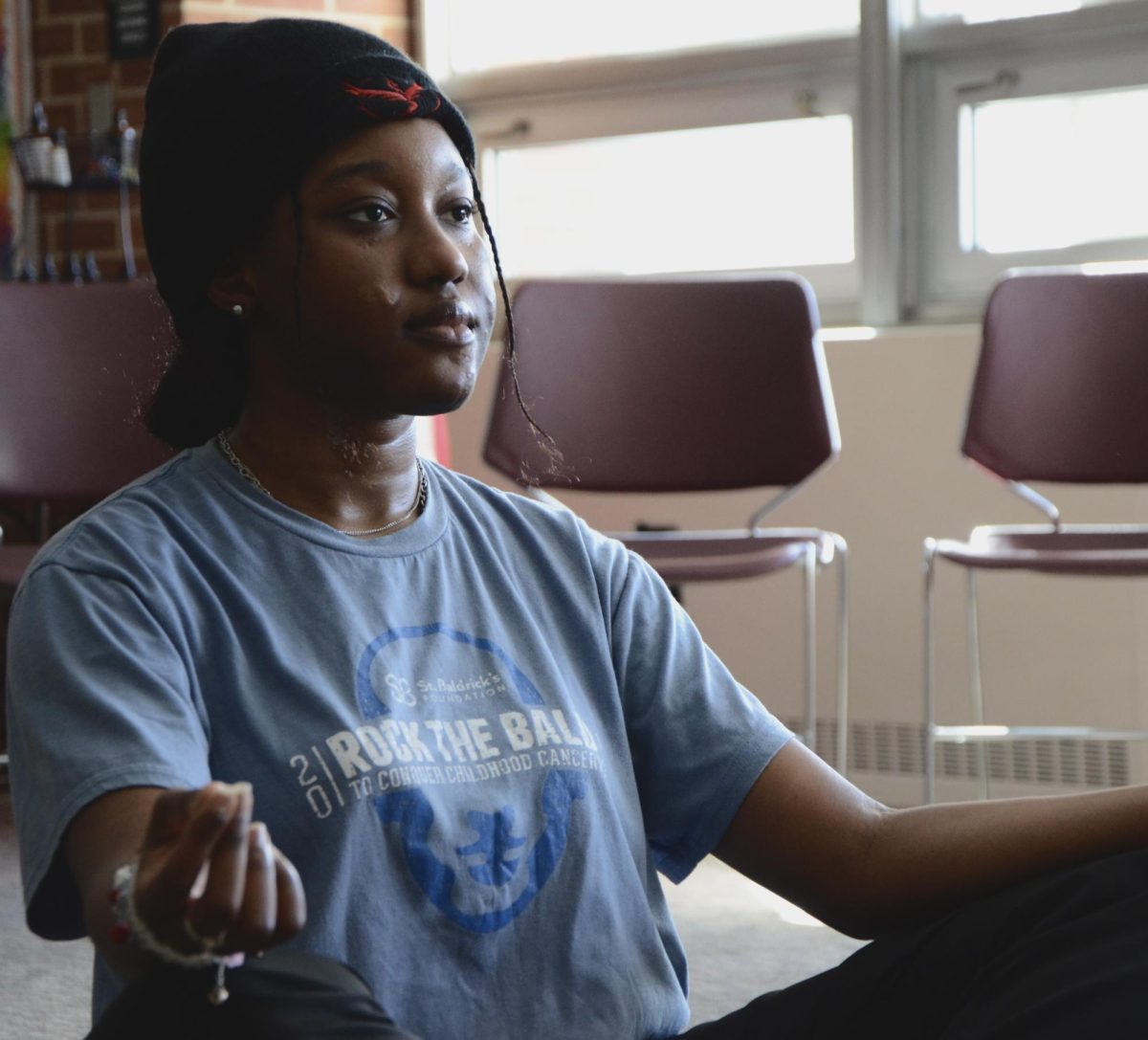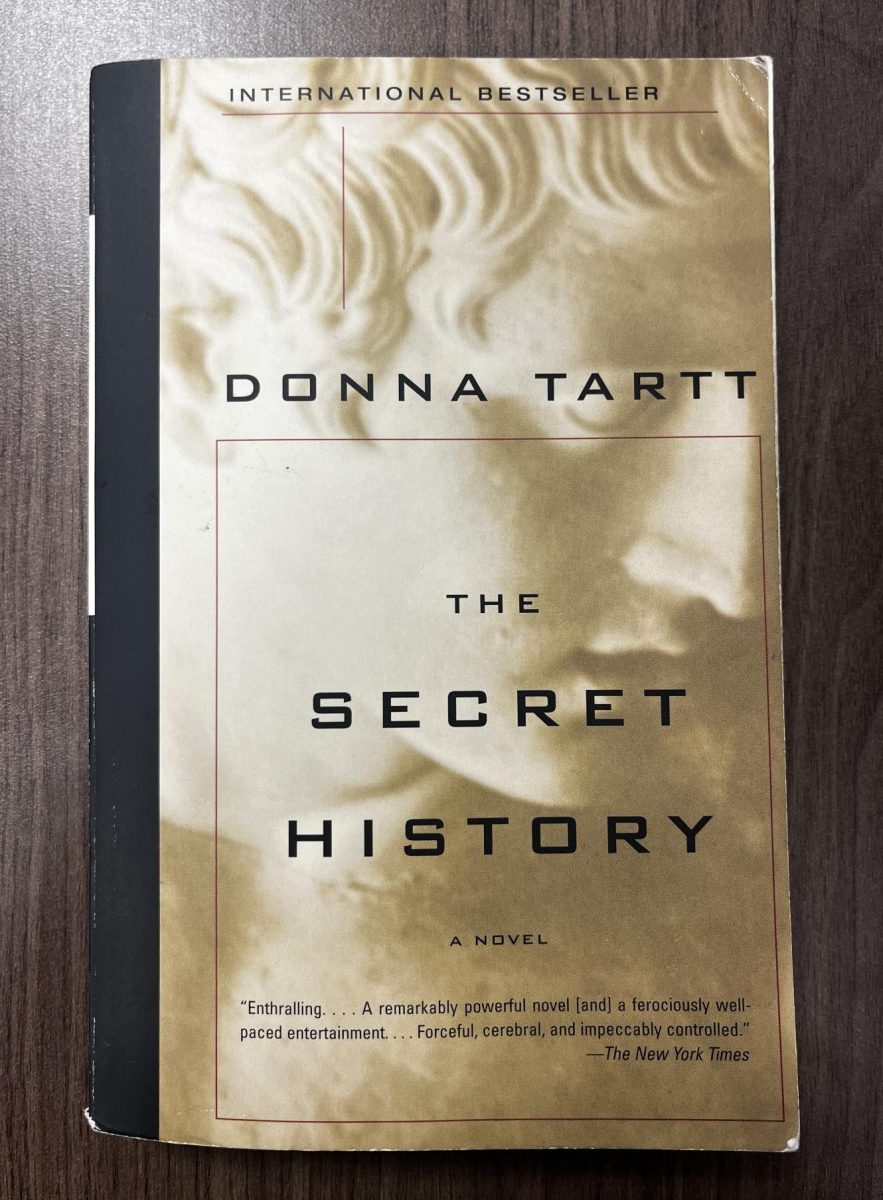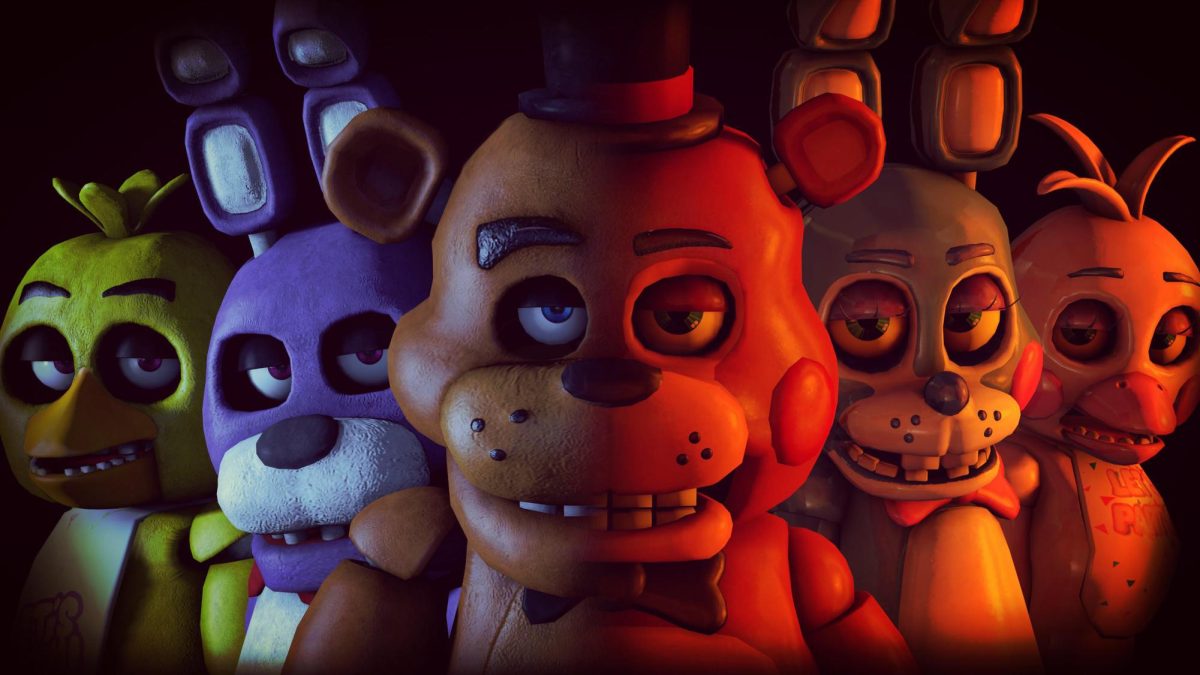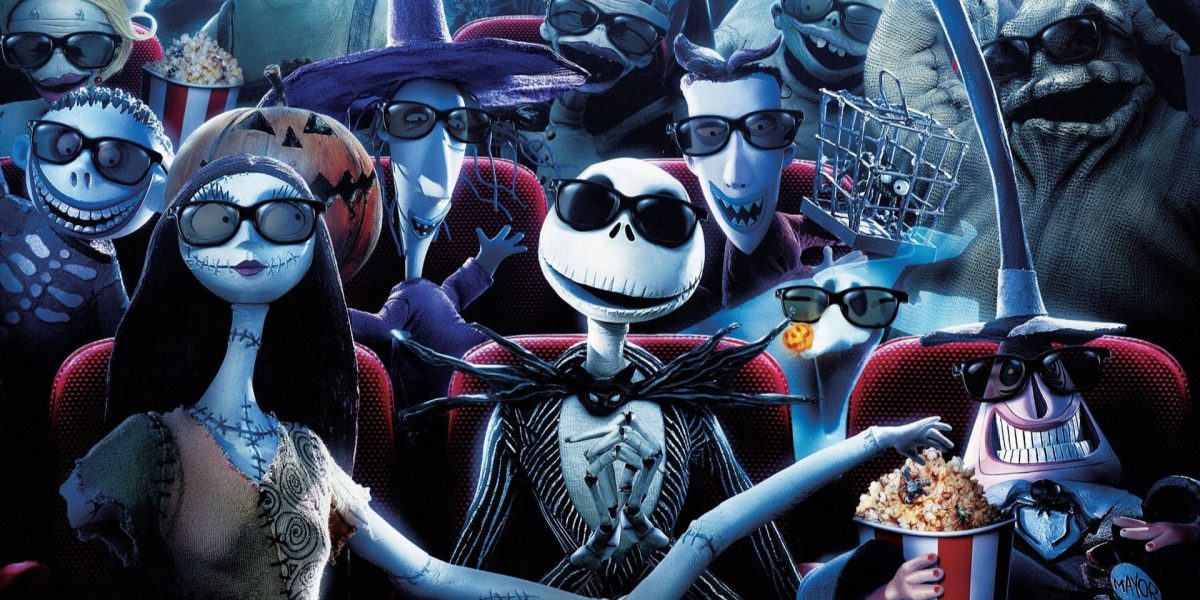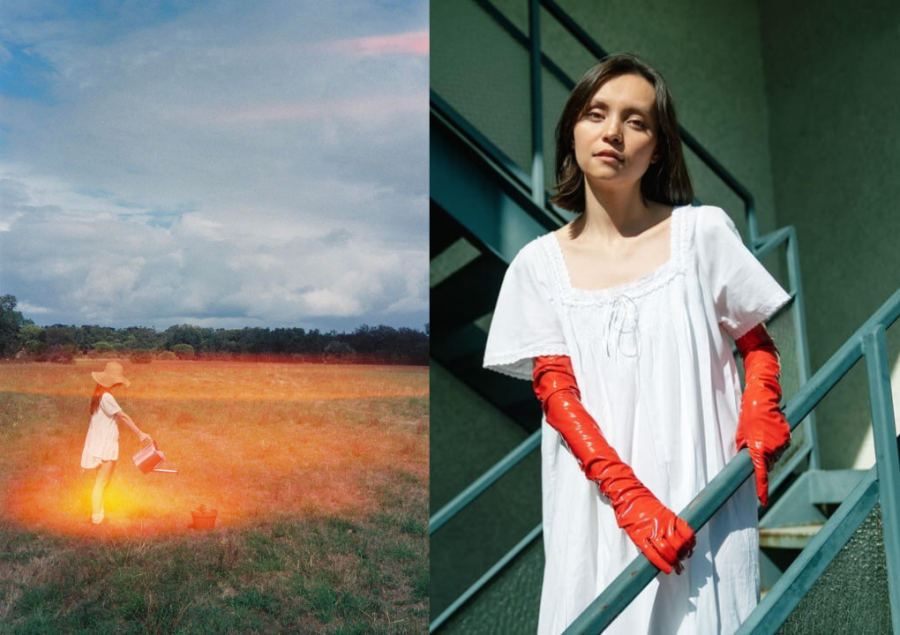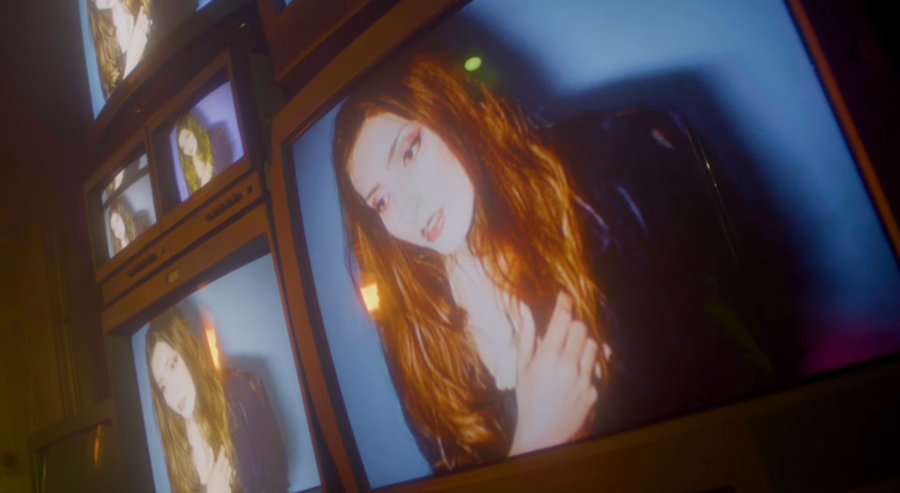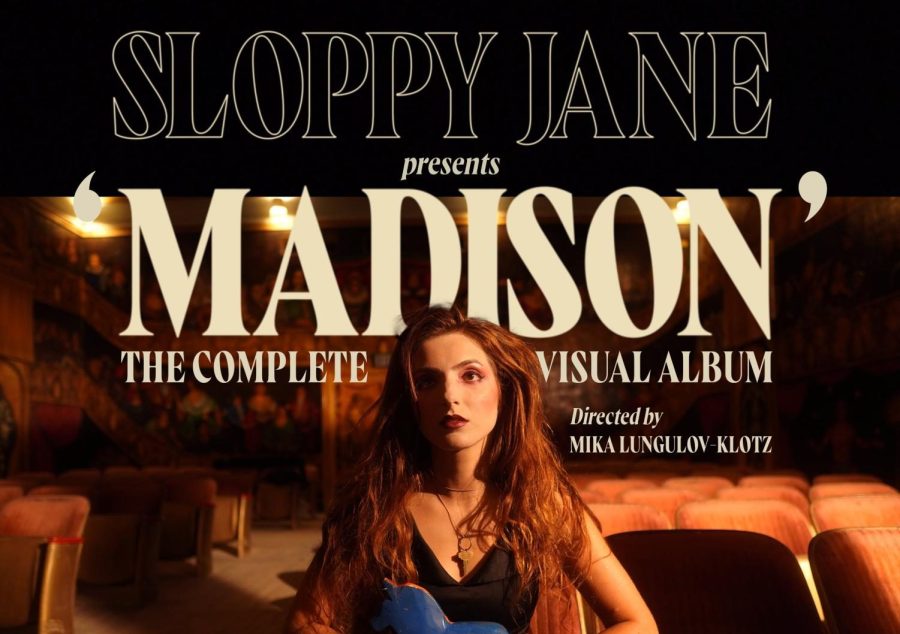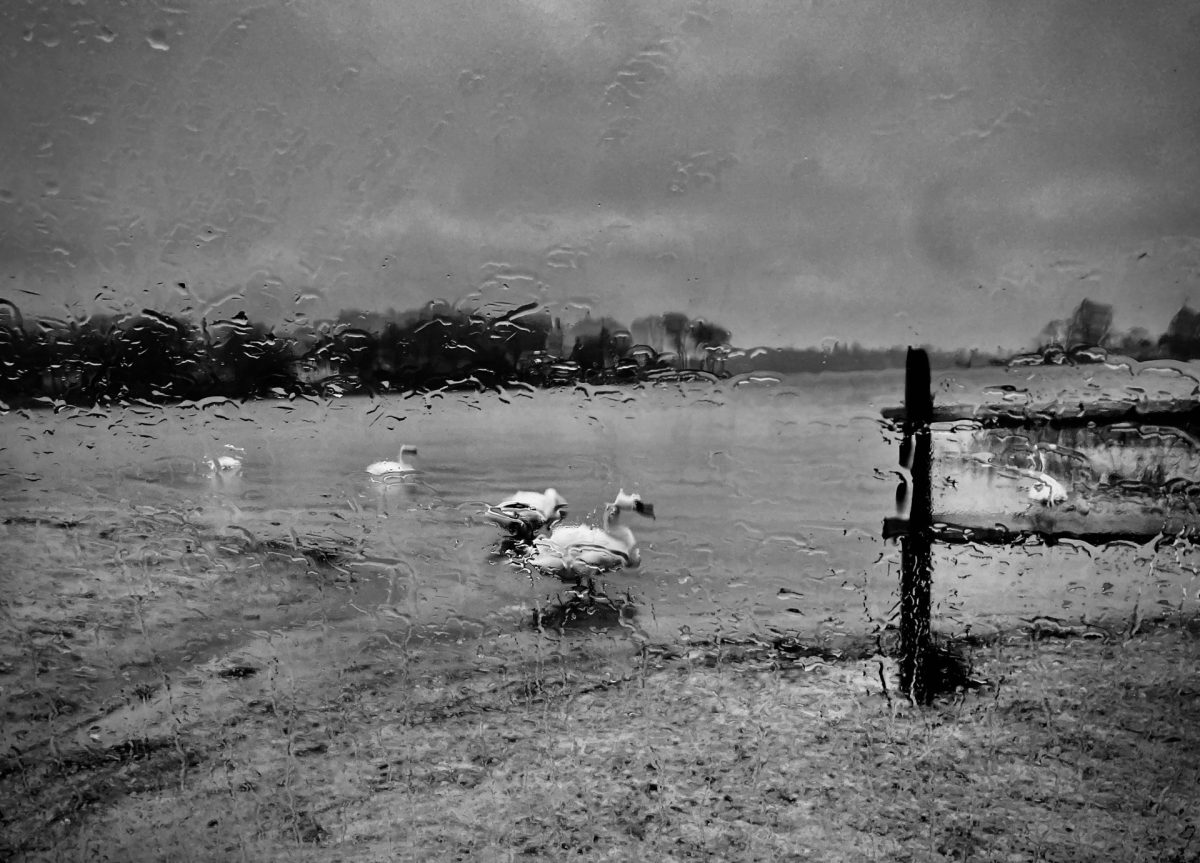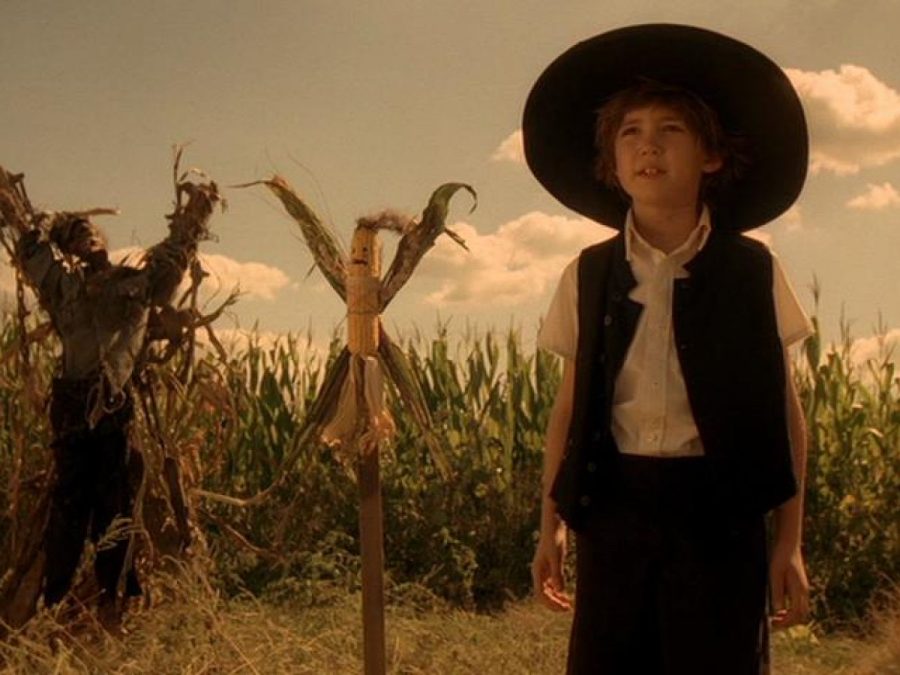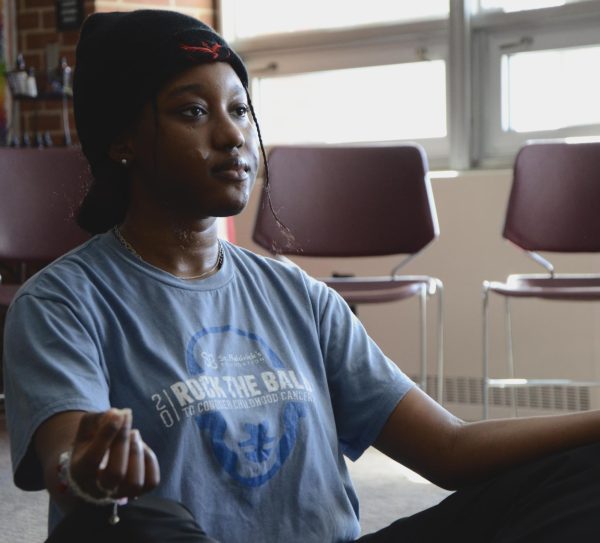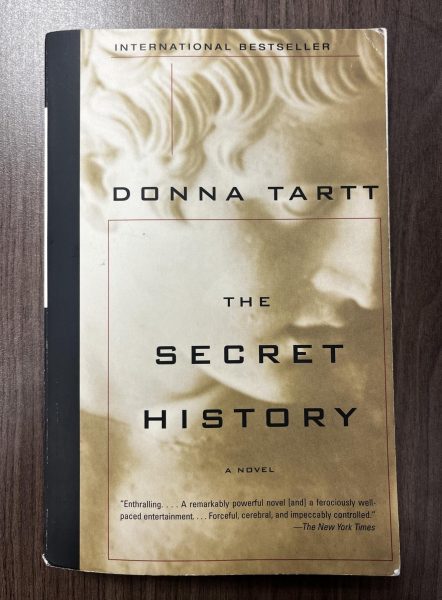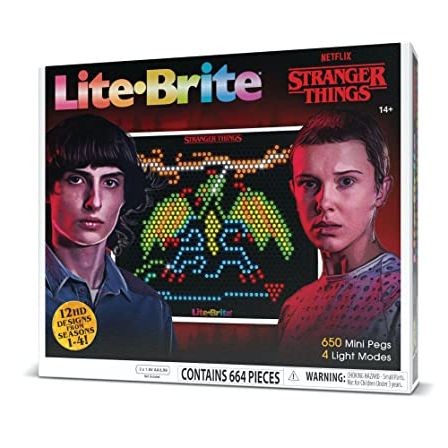The Folk Horror Revival
October 6, 2021
A dark, foreboding forest. An isolated, decrepit village. Strange ancient occult rituals. Monstrous figures worshiped as gods. These are the tropes of folk horror, a sub-genre of horror cinema that has come back in malevolent style. As the found footage movement is finally ending, horror filmmakers are reacting to our overly technological, always online, cell phone obsessed, Tik Tok virtual world through the rediscovery of the terrors of Nature and those who inhabit those decaying rural borderlands that time and the internet have forgotten. Folk horror is based on folklore: communal stories, songs, art, customs, memories, and myths that preceded the commodification of experiences and creative expression by capitalism and the culture industry. Old ways die hard even in the age of Facebook and Instagram, and folk horror portrays the clash between antiquated and “modern” belief systems, most often personified by the unusual survival of so called “pagan” rites (witches’ sabbaths, sacrifices to obscure gods, fertility ceremonies) in the scientific world of logic, reason, and materialism. The birth of folk horror is traced to three films released in the late 60’s and early 70’s: Michael Reeves’s Witchfinder General (1968), Piers Haggard’s The Blood on Satan’s Claw (1971), and Robin Hardy’s The Wicker Man (1973, no, not the one with Nicholas Cage). These three films reflected the turning away from the strife of then current events and shocks of modern society like the seemingly endless Vietnam War, social upheaval, assassinations of public figures, and riots in the streets. Faced with this volatility, many in the counter-culture chose to “drop out,” rejecting “civilized” society and going back to Nature to live on distant communes far from the maddening crowd. Although Nature has often been portrayed as an idyllic, innocent paradise, folk horror suggests that the natural world and those who live in close proximity with it are not always the mellow, peace-loving tree huggers they appear to be. Violence, superstition, supernatural darkness, and the unrestrained power of natural forces are all to be found in the disturbing world of folk horror as naive outsiders intrude into situations that have been hidden behind the facade of beautiful flora and fauna and benevolent rustic townspeople. Landscape plays a crucial part in folk horror as the countryside provides an uncanny, eerie environment far removed from the urban and suburban where anything can and will happen, and there are no security cameras or digital surveillance systems to watch your every move. These attractive yet haunting settings provide the perfect backdrop to the concealment of primeval secrets, seething brutality, mysterious cults, and creatures that should not be but are. In the last few years, movies such as Robert Egger’s The Witch (2015) and Ari Aster’s Midsommar (2019) have brought folk horror back into the mainstream, but it is in the works of British director Ben Wheatley that the folk horror revival has found its spokesman. Wheatley’s films such as Kill List (2011) and A Field in England (2013) have added contemporary twists to the folk horror formula. His newest film In the Earth (2021) might be his folk horror masterpiece as Wheatley conjures up the folk horror equivalent of 2001: A Space Odyssey: scientists trying to find a cure for a pandemic step through a psychedelic portal opened by magic mushrooms and a monolithic stone, encountering the terrifyingly alien energies of Nature that are beyond human comprehension. Folk horror makes sense in a world in which we are increasingly faced with the disturbing acknowledgement that there is no escape from the social, technological, and environmental atrocities that we have unleashed upon ourselves.
Folk Horror Film Recommendations
Kwaidan (1964): Nominated for an Academy Award for Best Foreign Language Film, Masaki Kobayashi’s anthology film Kwaidan (Ghost Stories) is one of the most beautiful yet unsettling folk horror films ever produced. One of the stories “The Woman of the Snow” concerns a woodcutter who unknowingly marries a Yuki-onna (a snow spirit), which will have ominous repercussions for him and his family.
Eyes of Fire (1983): Director Avery Crouse highlights Native American folklore in Eyes of Fire, which is set in the wild American frontier of the 1700’s. These campfire tales reflect the clash between the settler’s Puritanism and the Shawnee’s animism, unleashing evil spirits that amplify all the fears and anxieties the pioneers repressed.
Children of the Corn (1984): Fritz Kiersch’s version of Stephen King’s short story has all the signifiers of folk horror, but also adds the disturbing aspect of creepy murderous children who sacrifice adults to their inhuman god to the formula. Malachi and Issak are two of the most repellent characters to appear in a Stephen King inspired film.
The Serpent and the Rainbow (1988): Wes Craven’s loose adaptation of botanist/anthropologist Wade Davis’s heart-stopping search for “zombie powder” focuses on the influence of voodoo on the citizens of Haiti. Partially filmed on location in Haiti, The Serpent and the Rainbow delves into rural villages where bokors (vodou sorcerers) and houngans (vodou priests) contact the loas (vodou gods), who grant them occult powers to control not only the body and the mind, but the soul as well.
Dagon (2001): Horror icon Stuart Gordon (director of Reanimator) adapts horror mega icon H.P. Lovecraft in a film focusing on the hideous inhabitants of the sinister, isolated town of Imboca. Probably the closest we will get to a cinematic version of Lovecraft’s masterpiece “The Shadow Over Innsmouth,” Dagon’s atmosphere is damp, wet, slimy, and grotesque, mirroring the half fish/half human denizens of the village and the Cthulhu-like deity they serve.
